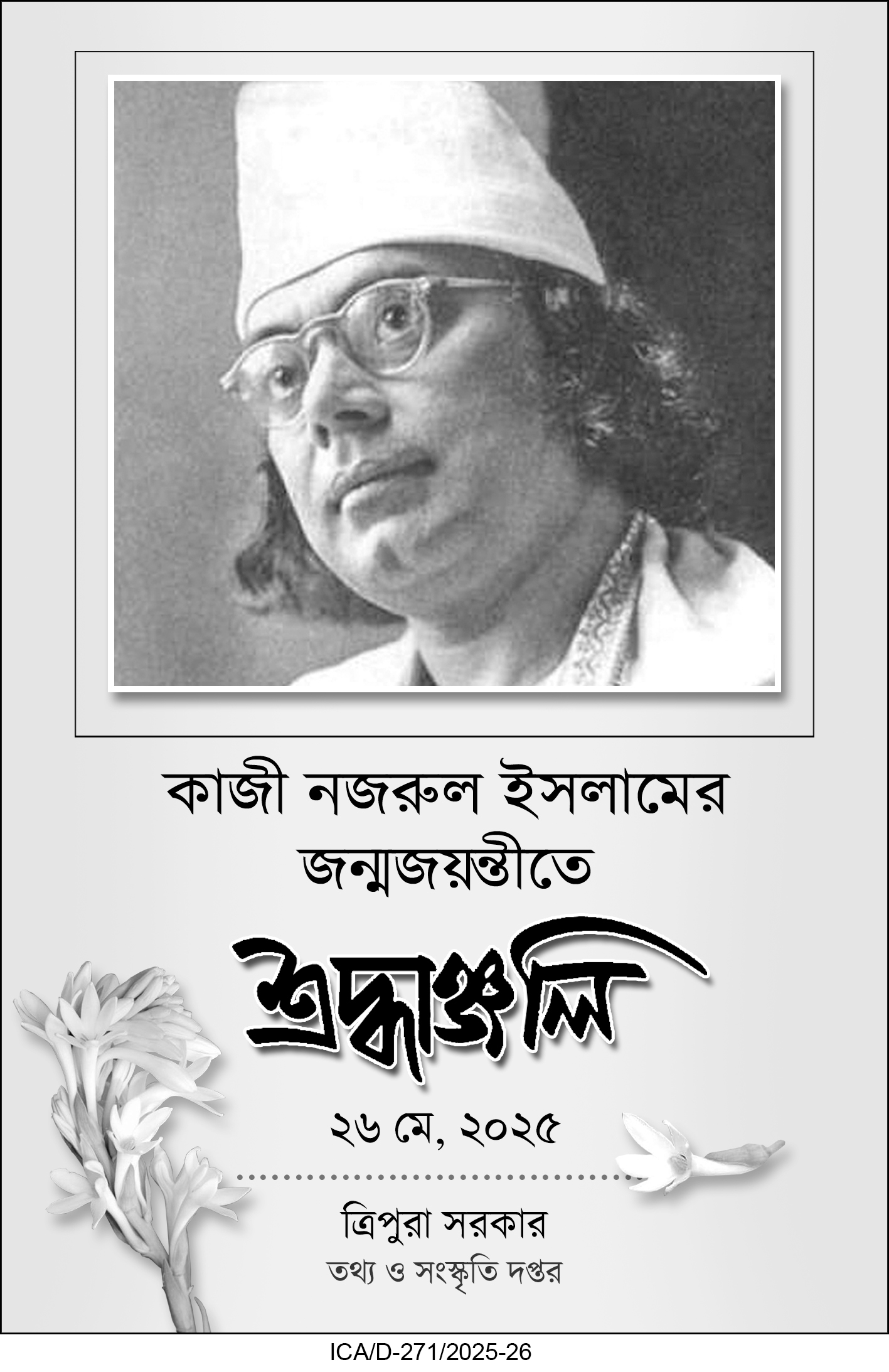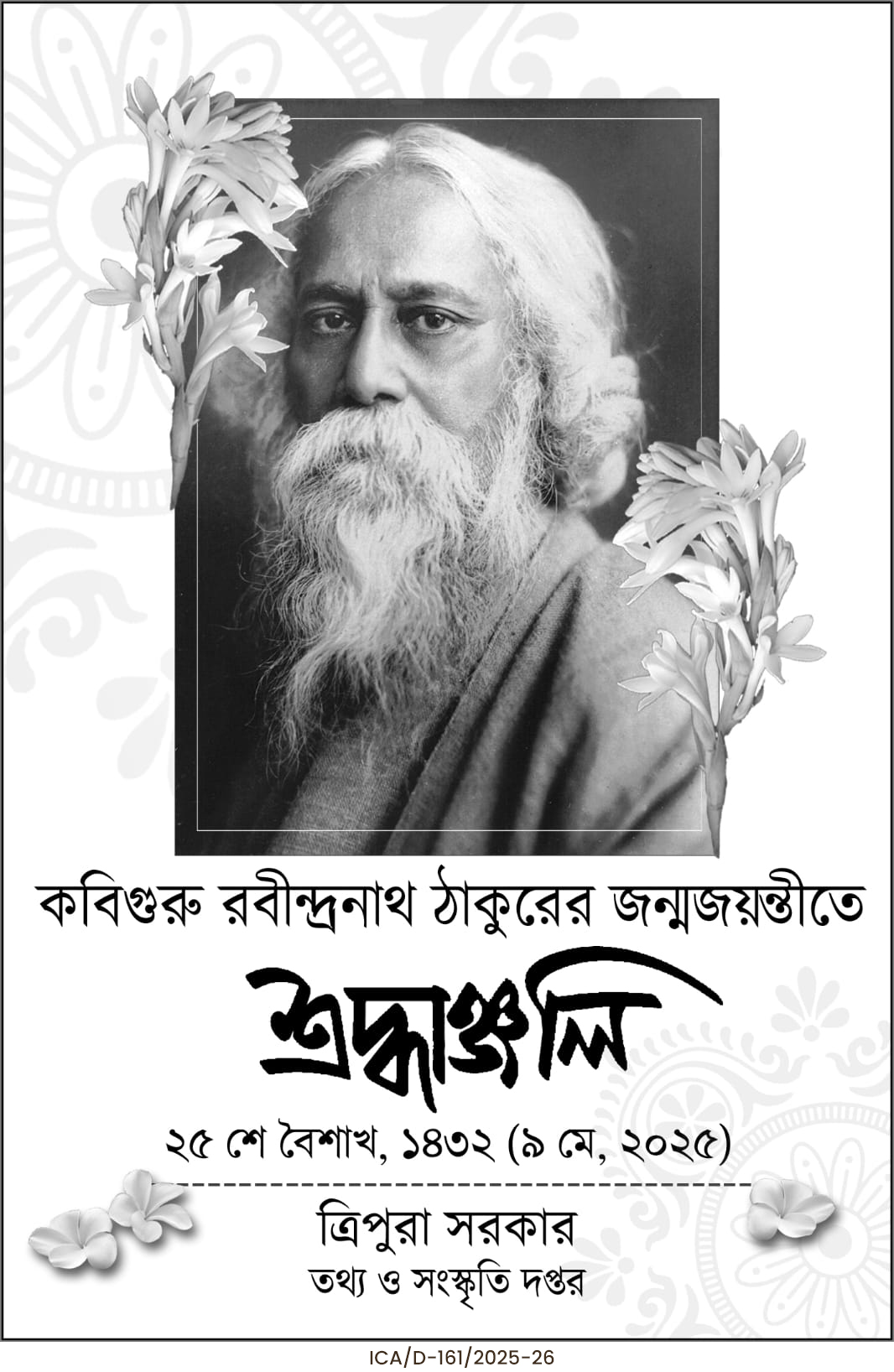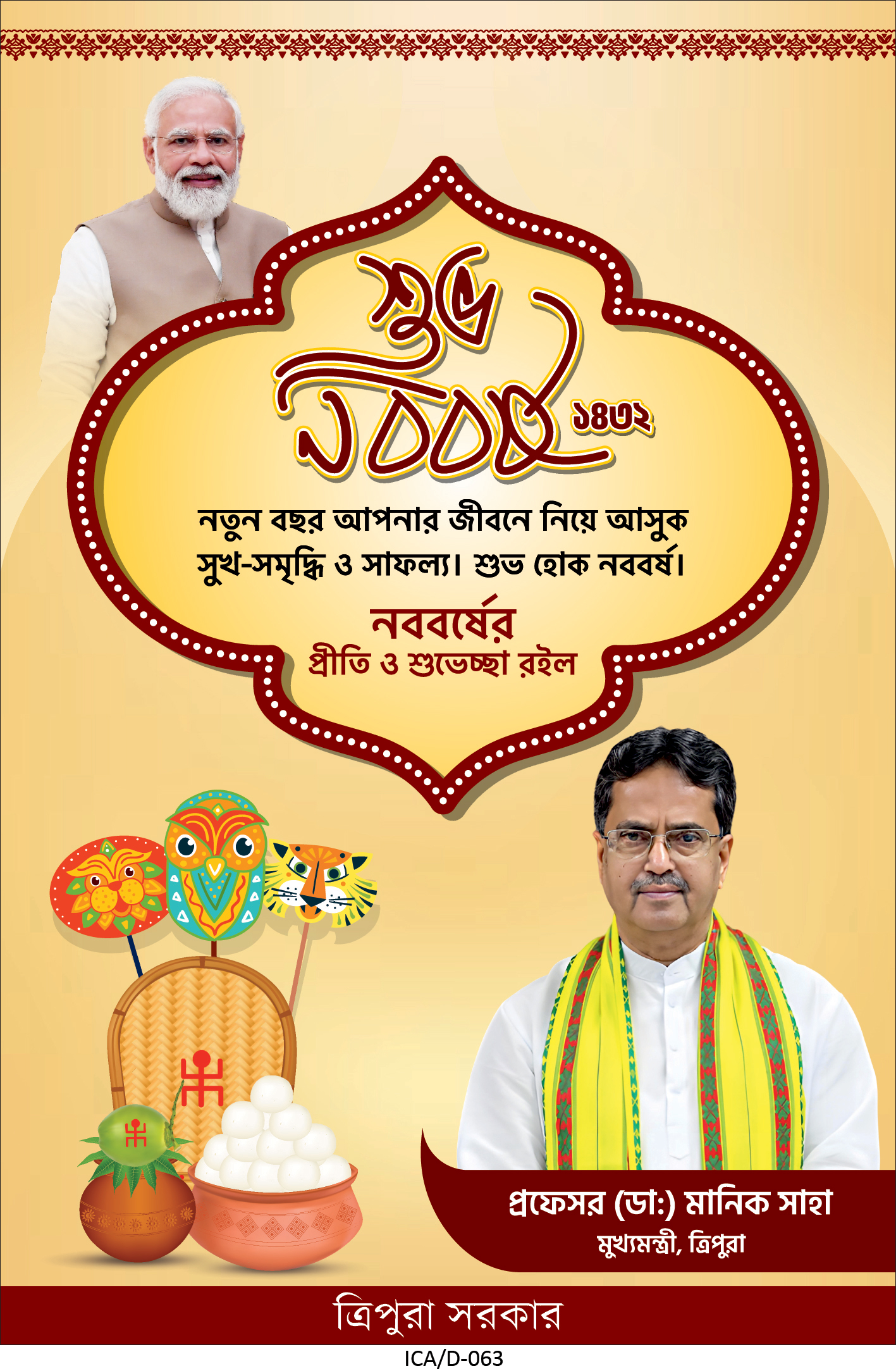
Karl Marx and Frederich Engels, the two German philosophers,journalists, social scientists and economists have produced a short publication in 1848-the Manifesto of the Communist Party. They have written many books jointly and singly such as the famous book Das Kapital and Anti-Duhring. But this booklet of Communist Manifesto shook the world. They have deducted from their studies that society always had been going through class struggle. Means of production was the key to develop economy and the society. They have classified the two contending groups of class struggle as Bourgeoisie and Proletariat, better understood as Haves and Have nots. They observed that the Bourgeoisie had the control on the means of production and thus minted fortune by exploitation of the hard labour of the Proletariat. Marx and Engels’ aim was to create a classless society where Proletariat being much stronger than their counterparts will run the show. The ruling classes of Bourgeoisie and their protectors( governments, mostly Empires or Kingdoms till then) will not give way easily. So,they have to be removed by revolutionary activities. Both the thinkers and moulders of society were of the opinion that the sweat and hard toil of the proletariat built strong economies which formed the basis of civilisations and development of the society.
Their pamphlet, Manifesto of the Communist Party concluded with a clarion call to all the workers of the world to rise, go forth and siege the means of production and state power. The proletariat had nothing but their shackles to lose but the whole world to conquer.
It may have sounded improbable in 1848 but it happened within 69 years. Communist Party, representing the working class proletariat seized power in Tsarist Russia in 1917 and the first Socialist country came into being which soon became USSR.
The headline of today’s story was and still is a popular slogan of the working class. It is perhaps the most chanted slogan of the proletariat all over the world and a tool to organize themselves during any procession, meeting,demonstration and struggle.
Now let us concentrate on a specific day which is all important and so close to the heart of all workmen all over the world. It’s 1st of May or May Day. It’s also named as International Labour Day or International Worker’s Day as well. This day is internationally acclaimed day of solidarity of the working class. It is a public holiday in most of the countries. On this day the working class and the labour wing of political parties organize seminars,meetings,parades,demonstrations,colourful processions,feasts and musical soiree to rejoice and commemorate the victory of the proletariat in various struggles.
To know how this day was selected and what is it’s significance,we have to study some history in retrospective. Exploitation of have nots by the wealthier class was there since time immemorial. In agrarian society of the primitive life the mightier people were the owners of vast lands. The weaker people had to work for them and hence were exploited. In modern age when agrarian society was slowly transforming itself and for easing the agricultural activities tools were invented,production units had to be planned. For the day to day necessities, production methods were put in place. Starting with primitive means of production improvisation started as demands for every item grew with time since number of consumers gradually increased. For sourcing raw materials and in search of wealth, rich and developed Kingdoms of Europe fought amongst themselves and conquered vast land masses in the less developed but wealthier continents of Asia,Africa and America. Colonialism proved to be a handy tool of exploitation and many countries resorted to it during the previous millennium. As consumers grew,production of goods had to grow hand in hand. Means of production remained in the hands of the wealthy,all the time. Upto the time of setting up of Colonial system of exploitation;royals,court elites,privileged lords and barons were the wealthy people apart from highly placed traders and businessmen. With the increased demand on items to be produced in mills and factories the bourgeois class started developing. Capitalism was born in the lap of Colonialism. The two supplemented and complemented each other. With the bourgeois class, developed the proletariat. They were the workers in the factories and in agriculture. There existed an almost master- slave relationship between the bourgeois owners and their workers. The exploitation was inhuman. Workers had to work upto even 12-14 hours a day with a dismal salary with which they could barely afford a very poor livelihood. In the 19th century Industrial revolution brought about miraculous changes. Productions increased to a great extent. Unfortunately,the lot of the workmen did not change at all. Rather,at places the exploitation by the bourgeois class increased. The owners were organised and they had state power on their side. The workers were huge in numbers but were not organised. They were unhappy and agitated on seeing their masters making fortunes at the cost of their hard labour whilst they starved and had to live unhealthy life in shanties.
In 1817 Mr Robert Owen,an industrialist in Scotland,who was a philanthropist,came up with an idea which was a surprise gift to the working class. Owen proposed that the industrial worker’s day will be divided into three equal segments. 8 hours each will be allocated for labour,recreation and rest. Workers were demanding a 8 hour working day since long. It is known that in the 16th century,Spain decided on a 8 hour working day for workers in factories and fortifications. It was never implemented.
With Mr Owen’s proposal the demand for 8 hour shifts started growing amongst workers. On record,the first well organised fight for a 8 hour working day took place in Australia. In 1856 the Australian Stonemasons Association carried the flag of the struggle and organised strikes and demonstrations for a 8 hour working day.
The working class had very logical and simple demands. They wanted a 8 hour working day,a comfortable pay packet and improved living conditions. Their employers were in no mood to agree. Capitalism takes the sap out of a tree,the workers in this case.
To press forward their demands,the workers had to organise themselves and unite. In 1864 Karl Marx and Frederich Engels formed International Workingmen’s Association to
give the working class a platform to get united and fight for their demands. This was known as the First International. The First International tried to organise the workers in Europe,the hot bed of Capitalism. They fought for their reasonable demands,specially the 8 hours working day.
In progression of the struggle,a big bang came in 1886. American Federation of Labour which was in touch with the First International called for a general strike of workers in Chicago on 1 May. The huge rally of workers planned to be brought out in support of the workmen’s demand of an 8 hour working day was foiled by police force. The workers were agitated and they were demonstrating everyday since 1st May in support of their demands. On 4th May the workers congregated near Chicago Haymarket to bring out a massive procession. The capitalist factory owners would not let it happen. They connived with the city authorities and organised a big contingent of Police nearby to suppress the workers agitation. Unfortunately a bomb blast occurred in the police position. Who threw the bomb was not clear and could not be ascertained even later. But the damage was done. The police fired into the workers assembly. Street skirmishes ensued. 11 lives were lost and about 150 were injured. Casualties were on both the sides. Police offensive continued. Cases were filed. The leaders of the Chicago workmen were prosecuted and four of them had to walk the gallows. Some of the poor souls were no where nearby and had no role to play on the 4th. The worker’s demands were not met.
Since then, every year big demonstrations were organised to keep the fight for a 8 hour day alive. In 1889 the Second International was formed and more coordination amongst the proletariat of different countries was in place. The inaugural conference decided to commemorate the Haymarket tragedy on 1 May every year and press forward the demand for 8 hour working day. Workers movement grew. In the 6th Congress of Second International held at Amsterdam in 1904, it was decided that1May will be observed as International Workers Day in all countries by the workers, their unions, labour parties and their sympathisers. On that day all the workers worldwide will demonstrate energetically and put forward a strong demand for the 8 hour working day. Since the day became International, momentum was gained and the demand started gathering strength. Soon the first world war started and for the time being the worker’s movement had to take a back seat. But towards the end of the war, Tsarist Russia walked out of the war,a revolution took place under the leadership of Communist Party led by V I Lenin. The proletariat was in state power. 8 hour working day was adopted immediately. Other legitimate demands of the working class were also met. The working class for the first time got their due share in the production process.
After the war ended in 1918,International Labour Organisation was formed in 1919 to ensure social justice in the means of production. ILO had representation from states,owners,workers and specialists. Soon,in 1920 ILO established a 8 hour working day for all production units of the world. Gradually countries of the world started recognising the worker’s demand of 8 hour working day. Most countries of the world have fixed 1 May as the Labour Day or International Workers Day. Some countries have their own Labour Day commemorating some local labour related issues.
The day is also known as May Day. It falls on 1 May alright but there is another reason. Since medieval period it is the day when in Europe,people celebrate the advent of spring. By May flowers start blooming and the weather is pleasant. It is midway between Spring and Summer and a very comfortable time for Spring festival. May Day has been observed as a Spring Festival up till the beginning of twentieth century. But now it’s more of a day of festivities, commitment for future and reviewing past performance of the Labour movement.



